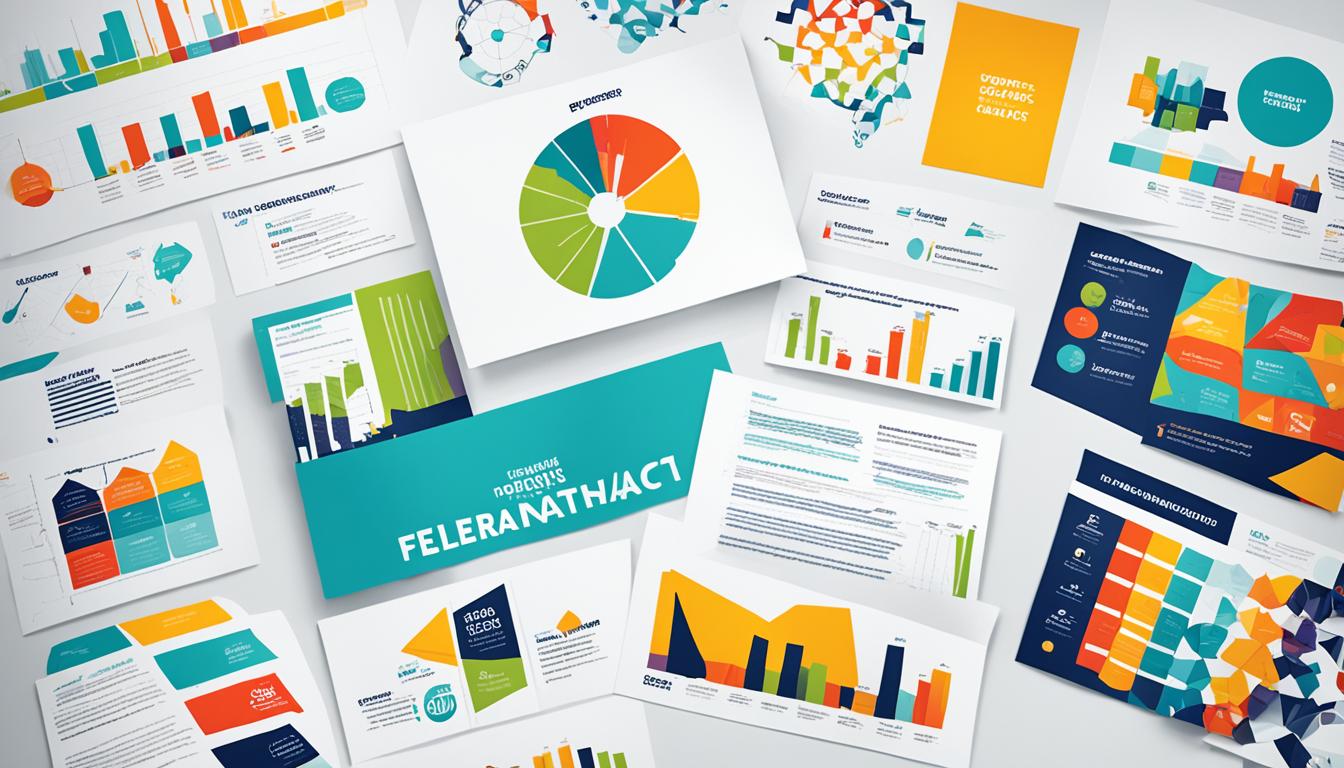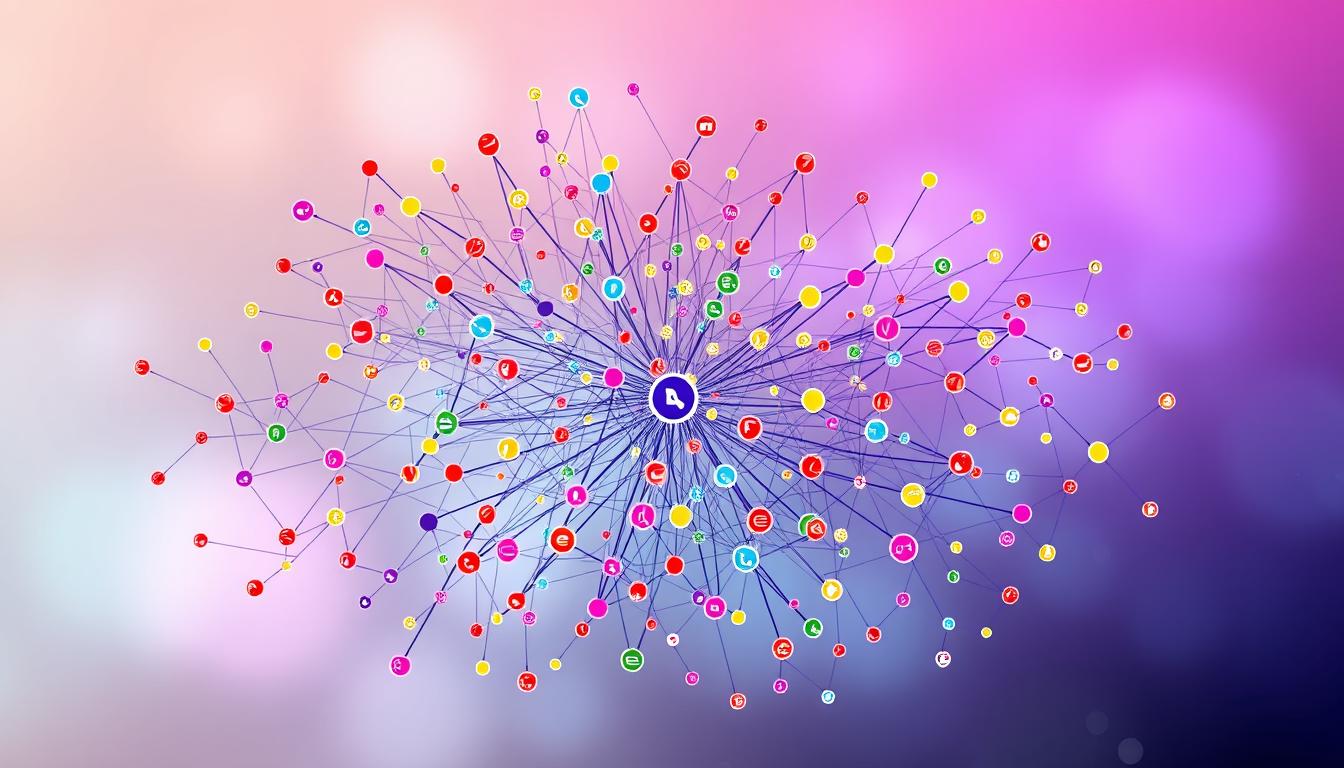To successfully integrate email, SMS, social media, and other channels, you need to create a seamless customer journey that feels personalized and consistent. Use data to tailor messages for each touchpoint and guarantee timing and content support each stage of the customer’s path. Leverage each channel’s strengths—like email for details, SMS for urgency, and social for engagement—and coordinate your efforts for a cohesive brand experience. Keep exploring to discover how to master this approach.
Key Takeaways
- Create a unified customer journey by coordinating messaging across email, SMS, social media, and other channels.
- Personalize interactions based on customer data, such as browsing history and purchase patterns, for relevant messaging.
- Use timing strategies to deliver layered, complementary messages that guide customers smoothly toward conversions.
- Leverage each channel’s strengths—email for detailed info, SMS for immediacy, social media for engagement—ensuring consistent branding.
- Integrate platforms thoughtfully to enhance engagement, build loyalty, and deliver a cohesive, personalized customer experience.

Have you ever wondered how businesses deliver a seamless customer experience across different platforms? The secret lies in effective multi-channel coordination, where integrating email, SMS, social media, and other touchpoints creates a unified journey for your customers. At the core of this approach are personalization strategies that tailor interactions to each individual’s preferences and behaviors. When you understand your customer’s journey—from the moment they first encounter your brand to post-purchase engagement—you can craft personalized messages that resonate at every stage. This not only boosts engagement but also builds trust and loyalty.
To achieve this, you need to synchronize messaging across all channels so your audience perceives a consistent voice and brand identity. For example, if a customer shows interest in a product via email, follow-up messages on social media or SMS can reinforce that interest with relevant offers or information. Personalization strategies involve analyzing customer data—such as browsing history, purchase patterns, and engagement metrics—to deliver targeted content. When executed well, this makes each interaction feel tailored, not generic, which enhances the overall customer journey. Additionally, understanding the content in your customer’s journey helps you optimize timing and messaging for better engagement.
Multi-channel coordination also means timing your messages appropriately. You don’t want to bombard your customers with redundant messages, nor do you want to miss opportunities to engage. Instead, you should craft a logical flow where each touchpoint complements the others. For instance, an email might introduce a new product, followed by an SMS reminder with a special discount, and social media posts that showcase customer reviews. This layered approach keeps your brand top-of-mind and guides your customer smoothly toward a purchase or desired action.
Another key aspect is understanding the unique strengths of each channel. Email is perfect for detailed information and formal communication, while SMS offers immediacy for time-sensitive offers. Social media provides a platform for engaging storytelling and community building. By aligning your messaging with each channel’s purpose, you reinforce your brand message consistently throughout the customer journey. This alignment ensures that your audience receives relevant content in the right context, which increases the chances of converting prospects into loyal customers.
Ultimately, successful multi-channel coordination requires a strategic mindset. It’s about more than just pushing messages across platforms; it’s about creating a cohesive experience that feels natural and personalized. When you master this, you’ll notice higher engagement rates, improved customer satisfaction, and a stronger brand presence. With thoughtful integration and a focus on personalization strategies, you can guide your customers seamlessly from initial interest to long-term loyalty, making every touchpoint an opportunity to deepen your relationship.
Frequently Asked Questions
How Can I Measure the ROI of Multi-Channel Campaigns?
You can measure the ROI of your multi-channel campaigns by using attribution models and cross-channel analytics. These tools help you track customer interactions across email, SMS, and social media, assigning value to each touchpoint. By analyzing this data, you’ll see which channels drive conversions and revenue, allowing you to optimize your efforts and accurately calculate ROI based on the impact of each channel in the customer journey.
What Are Best Practices for Integrating New Communication Channels?
To effectively integrate new communication channels, focus on channel alignment and message consistency. You should guarantee that your messaging remains cohesive across all platforms, creating a seamless experience for your audience. Use a unified content strategy and coordinate timing to reinforce your brand voice. Regularly analyze engagement metrics to refine your approach, maintaining a consistent tone and style that resonates, no matter which channel your audience interacts with.
How Do I Ensure Consistent Branding Across Platforms?
A picture is worth a thousand words, so guarantee your visual identity is consistent across platforms. You should use the same logo, color palette, and tone of voice to reinforce your brand consistency. Regularly review your messaging and design elements to maintain alignment. By doing so, you create a unified experience that builds trust and recognition, no matter where your audience interacts with you.
What Privacy Concerns Should I Consider With Multi-Channel Marketing?
You should prioritize data privacy by ensuring you handle customer information securely and transparently. Implement robust consent management practices to obtain clear permissions before sending messages across channels. Stay compliant with regulations like GDPR and CCPA, and regularly review your privacy policies. By respecting your audience’s privacy preferences, you build trust and avoid potential legal issues, making your multi-channel marketing efforts more effective and ethical.
How Can Automation Improve Multi-Channel Coordination Efficiency?
Think of automation as a conductor leading an orchestra, synchronizing your channels seamlessly. It boosts efficiency by enabling personalized strategies and precise customer segmentation, ensuring each message hits the right audience at the right time. For example, automated triggers can send tailored offers via email or SMS based on user behavior, reducing manual effort and increasing engagement. This harmony makes your multi-channel marketing more effective and responsive.
Conclusion
Just like Odysseus steering treacherous waters with a trusted crew, mastering multi-channel coordination means guiding your audience smoothly across email, SMS, and social platforms. When you integrate these channels seamlessly, you’ll create an unbreakable chain of communication, fostering stronger connections and loyalty. Remember, the key isn’t just in the tools, but in how you orchestrate them—turning your brand’s voice into a symphony that resonates like the siren’s call, compelling your audience to listen and engage.










